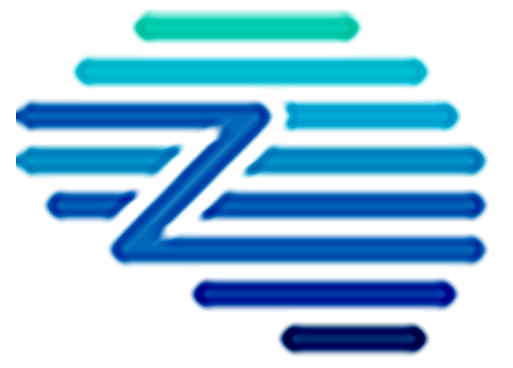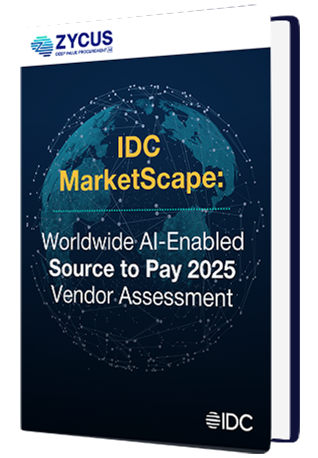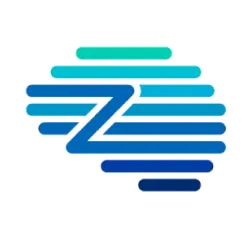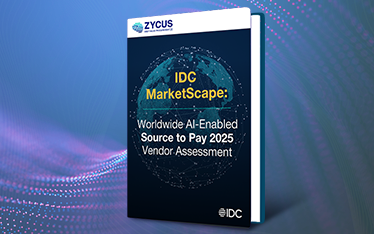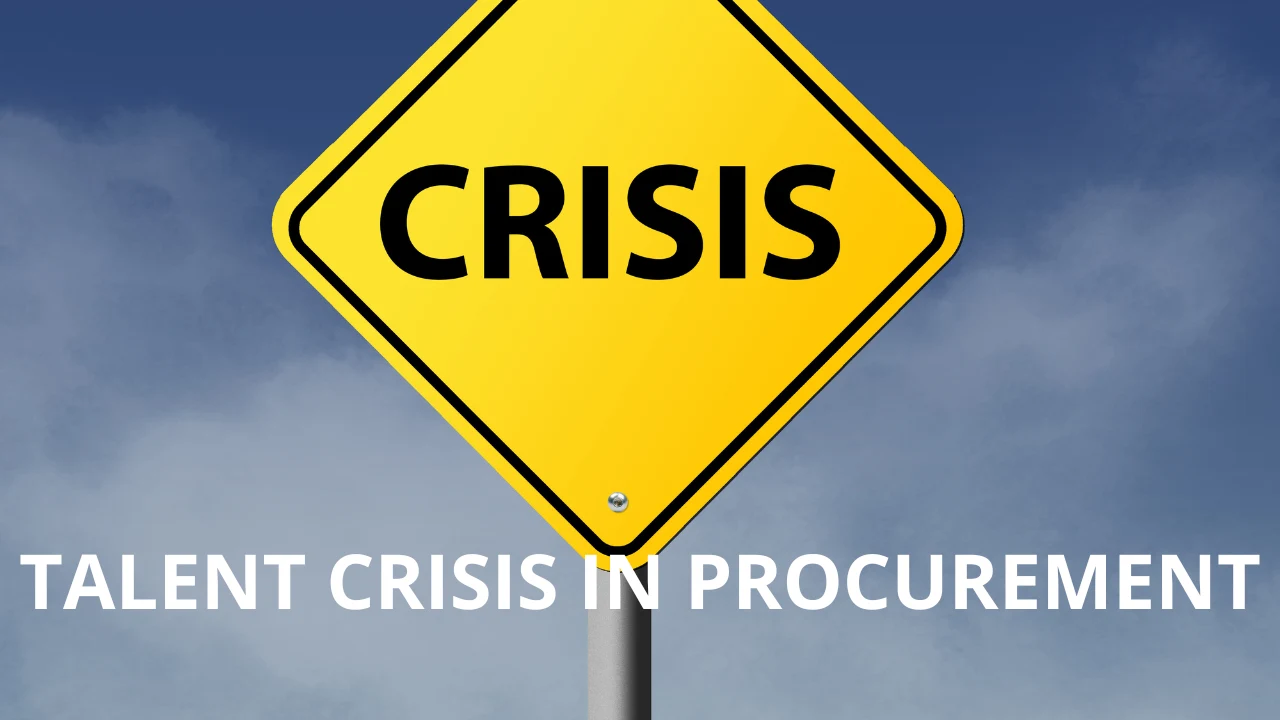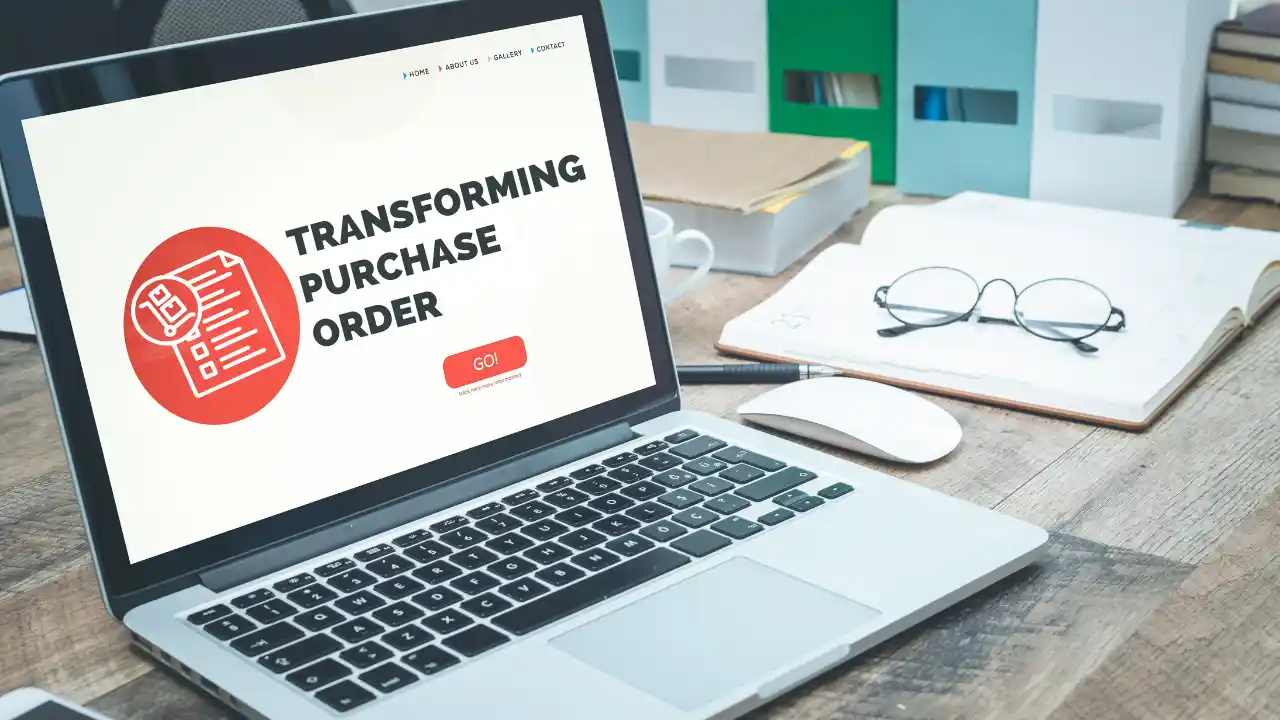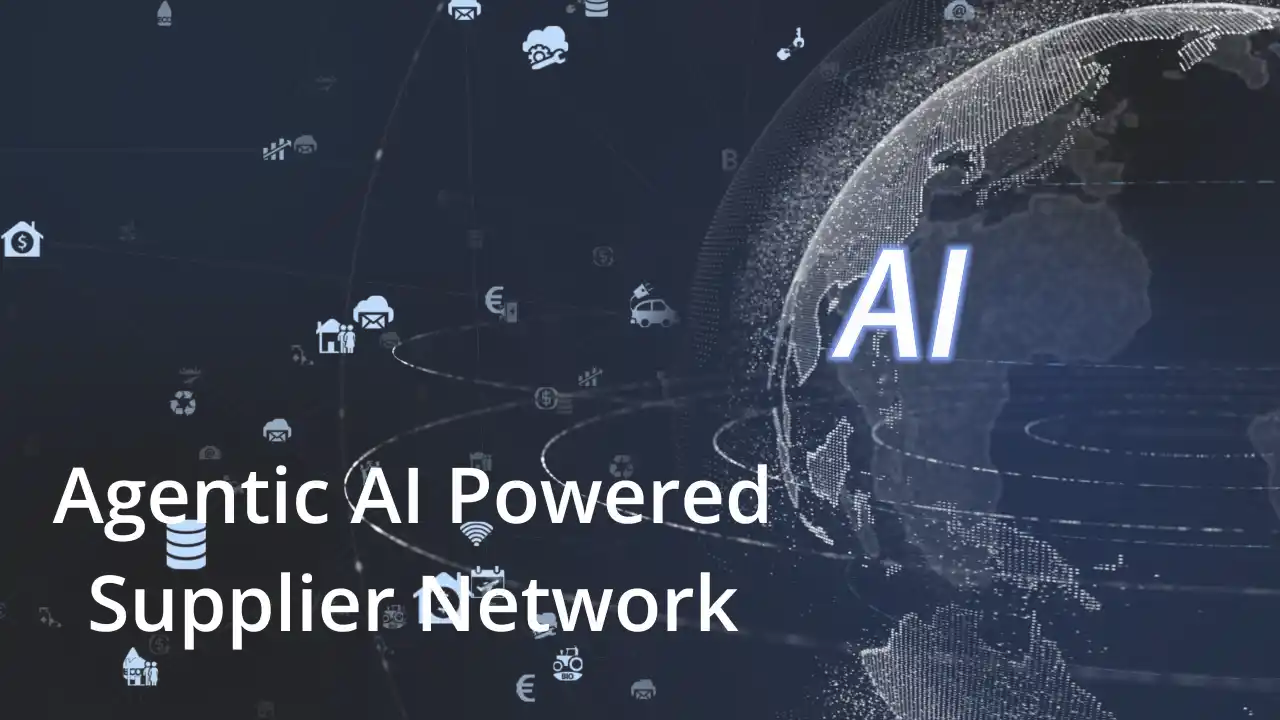The wave of the technological revolution is sweeping companies that have been increasingly turning to digitalization along with it. E-procurement trends in Europe continues to grow across all types of companies and industries. As per PWC’s recently conducted survey, 4th Digital Procurement, Europe ranks second regarding Source-to-pay solutions equipment rate within companies. From transforming procurement practices to overcoming early challenges, the eProcurement trends journey in Europe has been shaped by technological advances, regulatory evolution, and growing awareness of their potential impact.
This blog delves into the basics of understanding the e-Procurement trends in Europe, its key components, the many benefits it offers businesses, and an account of how it is different in Europe as compared to other regions. Find out how e-Procurement trends paved the way for a new age of efficient and cost-effective procurement processes across the European continent.
What is E-procurement?
Electronic procurement or E-procurement refers to the process of digitalizing entire traditional procurement (a company’s supply chain and procurement processes) using technology and software solutions. It encompasses all the activities involved in the acquisition of goods and services, requisitioning, purchasing, invoicing, and payments. By replacing manual, paper-based processes with a streamlined digital approach, E-procurement optimizes procurement efficiency, transparency, and cost-effectiveness.
Read our blog on: Your Guide to eProcurement
Key Steps of E-procurement Process
The e-procurement process leverages digital and technological advancements by putting a single and centralized system that simply mirrors the traditional procurement cycle but in a well-structured and interconnected manner. Let’s understand the 5 primary steps of the e-procurement system:
1. Requisitioning: It is the first step of eProcurement where the business user raises a purchase requisition on the platform to get approval from the stakeholders and the purchasing department triggering the procurement process. The purchase requisition comprises of details such as party requesting item or service, quantity and description of the item or service required, vendor’s information and price.
2. Purchasing: After the requisition is approved, the buyer goes through the purchase cycle and the selected supplier will be onboarded after the regular checks and compliance fulfillment in case the supplier is new to the supplier network . Existing suppliers will be directly validated for further steps. A structured supplier onboarding process helps increase efficiency with long-term suppliers, and it also ensures clarity of expectations between both the supplier and the buyer.
In some cases, this phase also involves catalog purchases , allowing employees to conveniently access the catalog and place orders. A seamless e-ordering system enables businesses to optimize inventory management and ensure the timely procurement of goods and services.
3. Purchase Order Generation: In this step, the procurement department generates and issues a purchase order to the supplier. It indicates to the supplier that the order has been formally approved and placed, and the supplier can further initiate processing with the order.
4. Invoicing: This phase involves cataloging completed on-call contracts digitally, allowing employees to conveniently access the catalog and place orders. A seamless e-ordering system enables businesses to optimize inventory management and ensure the timely procurement of goods and services.
The supplier submits an invoice to the buyer through the supplier portal. It is a request for the buyer to make the payment as per the agreed upon contractual days and terms. Most of the smart procure-to-pay tools provide the capability to match PO items against eInvoice, which makes it easier for the buyer to validate the invoice and proceed with the payment in collaboration with the accounts payable and finance team.
5. Payment: After the order is received, if everything goes as per the agreed terms and conditions, the finance department will release the payment to the supplier as per the given timeline and mode of payment.
All the steps mentioned above are captured and executed in a central eProcurement software for internal and external audits and tracking.
Benefits of E-procurement
-
- Automated processes: E-procurement reduces the manual effort by automating the processes. It saves time by reducing delivery time and further shortens the procurement cycle. It enhances the efficiency by 2X because of centralized transaction tracking system and simplified reporting.
- Reduced Maverick Spend: Automated systems and built-in monitoring tools minimize the administrative burden on procurement teams, improving performance. Maverick spending is restrained by increasing management’s ability to keep track of spend items, ensuring that agreements reached in contracts are followed.
- Access to a Larger Product Selection: E-procurement system allows access to a huge range of products, and organizations can meet their requirements. Features like the quick location of selected suppliers further help in keeping control of inventory costs and quantity.
- Stronger Supplier Relationships: E-procurement enables companies to cultivate long-term relationships with strategic suppliers. They can invest in building strong partnerships, collaborating on continuous improvement, and jointly exploring cost-saving opportunities.
- Increased Transparency: E-procurement delivers improved reporting of procurement trends and metrics, offering increased visibility into enterprise procurement spending. Centralized information facilitates easy access for management, enabling better decision-making and greater process transparency and accountability.
Achieving Excellence: The Hackett Group’s Story with Zycus Generative AI
Witness The Hackett Group’s journey toward achieving excellence in procurement. This video highlights their strategic use of Zycus Generative AI to overcome obstacles and set new benchmarks in the industry.See Their Journey – Click to Watch!
Read our blog on: The Top 5 Benefits of E-Procurement: Streamlining Procurement for a Brighter Future
E-procurement trends in Europe & how it is different
In the constantly changing world of procurement, Europe stands out with its distinctive approach to e-procurement. The e-procurement trends in Europe is shaped by localized strategies, strict compliance rules, and standards which set it apart from other parts of the world. Let us delve into understanding how e-procurement system is different in Europe:
- Localized Approaches and Stringent Compliance: The presence of different procurement regulations and legal frameworks across European countries requires a tailored and regional approach. Governments in different European countries pay higher importance on compliance and transparency which has led them to establishing stringent and rigorous procurement compliances.
- Cross-Border Collaboration within the EU: The European Union favors cross-border procurement, which further requires harmonization of procurement processes within the EU countries. This drives the need for interoperable e-procurement solutions, facilitating seamless transactions and data exchange across borders. This unique characteristic enables companies to easily engage in cross-border procurement, streamlining their procurement operations.
- Sustainability at the Forefront: In Europe, sustainability factors are taken into account while choosing which products to purchase. Businesses prioritize working with suppliers who are socially and environmentally responsible, in line with the region’s dedication to sustainable development and responsible sourcing. This focus on sustainability gives businesses the opportunity to have a beneficial influence on society and the environment, which helps to create a greener and more moral atmosphere for the procurement industry. Read on sustainable procurement for compliant, future-ready enterprises.
- Innovative Vendor Offerings: The European market is the center for specialized suppliers offering solutions catered to certain sector demands. The wide range of e-procurement technologies accessible demonstrates the region’s dedication to innovation and technical developments. By enabling companies to streamline their procurement procedures and increase productivity, these cutting-edge offerings further set Europe’s e-procurement landscape apart.
- Integration of ESG Considerations: ESG (environmental, social, and governance) issues are crucial to the e-procurement processes in Europe. Businesses consider ESG factors in supplier assessments and prefer partners who support sustainability objectives.
Click here: For ESG Reporting, Scope 3, ESG Goal Tracking - Data Protection and Privacy Measures: Data protection and privacy concerns are the topmost priority of European countries, General Data Protection Regulation (GDPR) proves this better. Strict controls in e-procurement assure secure data processing, protecting consumer rights, and boosting data security. This dedication to data privacy fosters confidence among parties and guarantees the fairness of the procurement procedure.
Why does Europe need E-procurement?
Procurement departments in Europe are shifting their focus towards digitalization, prioritizing key areas to enhance efficiency and drive growth. Here are the four main motivations prompting European companies to embrace E-procurement system:
- Cost Optimization: Amidst rising commodity prices, cost reduction remains the top priority since 2019. European companies are keen to cut costs to combat inflation, shortages, and sector-specific challenges. Adopting a cost-reduction strategy has become imperative for maintaining competitiveness in the market.
- Digital Transformation: While digital transformation was previously associated with larger corporations, small and medium-sized companies are now rapidly accelerating their transition to digital platforms. They recognize the positive return on investment (ROI) emerging from short, medium, and long-term perspectives. To ensure a sustainable transformation, focusing on simpler procurement processes is the key.
- Better Supplier Selection: European companies meticulously select quality suppliers who share their commitments to sustainable development and transparency, aiming to boost margins and mitigate risks within the procurement function. Download report on the comprehensive approach to mitigating supplier risks
- Risk Management: A crucial aspect of procurement, risk management takes the fourth spot in priorities. Online procurement, facilitated by centralized management through online platforms, substantially reduces risks by streamlining processes and minimizing manual interventions and errors through automation. Procure-to-Pay (P2P) solution expanding to the complete Source-to-Pay (S2P) suite are now indispensable digital tools in the procurement arsenal, driving the journey toward complete digitalization.
By aligning their priorities with these key motivations, European companies are poised to unlock the full potential of digital procurement, maximizing efficiency, and achieving sustainable growth in an ever-evolving business landscape.
Conclusion
As the e-procurement landscape evolves, Europe emerges as a frontrunner, embracing innovation and sustainability at the core of its procurement practices. From localized strategies to compliance-driven standards, Europe sets a unique precedent for e-procurement trends. With cross-border collaboration, innovative vendor offerings, and data protection measures in place, Europe paves the way for a responsible and efficient procurement future. e-procurement trends in Europe is set to revolutionize the procurement landscape, promoting efficiency, transparency, and sustainable procurement practices.
Unlock the full potential of digital procurement with Zycus e-Procurement Software. Book a free demo today to learn more.
Related Read:
- You Can’t Miss these 7 European Procurement Best Practices
- Understanding E-procurement, Part 1: Quantifying the Benefits
- Maverick Buying: Ways to Identify & Stop Maverick Buying
- The Top 5 Benefits of E-Procurement: Streamlining Procurement for a Brighter Future
- Procurement Driven Competitiveness
- White Paper – Smart Procurement for Sustainable Savings

